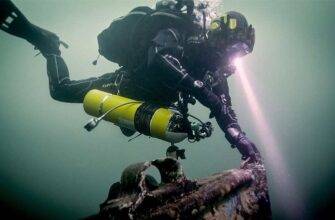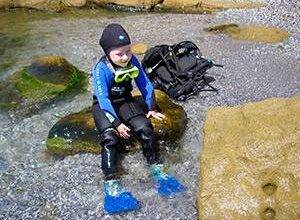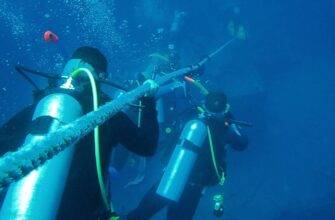The concept EAD shows the correspondence of the depths in terms of the amount of nitrogen dissolved in the body in the same time when using NITROX mixture and breathing air.
To simplify things, let’s look at an example. Diving with EANx32 at 19 msw. will allow the same amount of nitrogen to accumulate in the body as diving at 15 msw. for the same amount of time with air. This depth correspondence is reflected in the concept of EAD (EAD).
EAD is required in two cases:
1. In the absence of nitrogen no-decompression time limit (NDL) tables for standard NYTROX compounds.
2. When using non-standard NYTROX mixtures (EANx25, EANx33…)
In both cases, by calculating the EAD, it is possible to apply the “normal” tables for determining the nitrogen no-decompression time limit (NDL).
The formula for calculating the EAD is based on the amount of nitrogen permeated into the body. The EAD formula allows you to convert the maximum depth of the planned dive into a DEEP DEPTH, which makes it possible to determine the nitrogen time limit from standard “air” dive tables. The EAD formula was originally developed based on the U.S. Navy dive tables.
Applications for other tables were later developed based on the same principle. In this manual, we will use Bulman tables..
To calculate the EAD, it is necessary to know the maximum depth of the dive and to determine in advance the F02 of the mixture with the maximum depth of its use.





